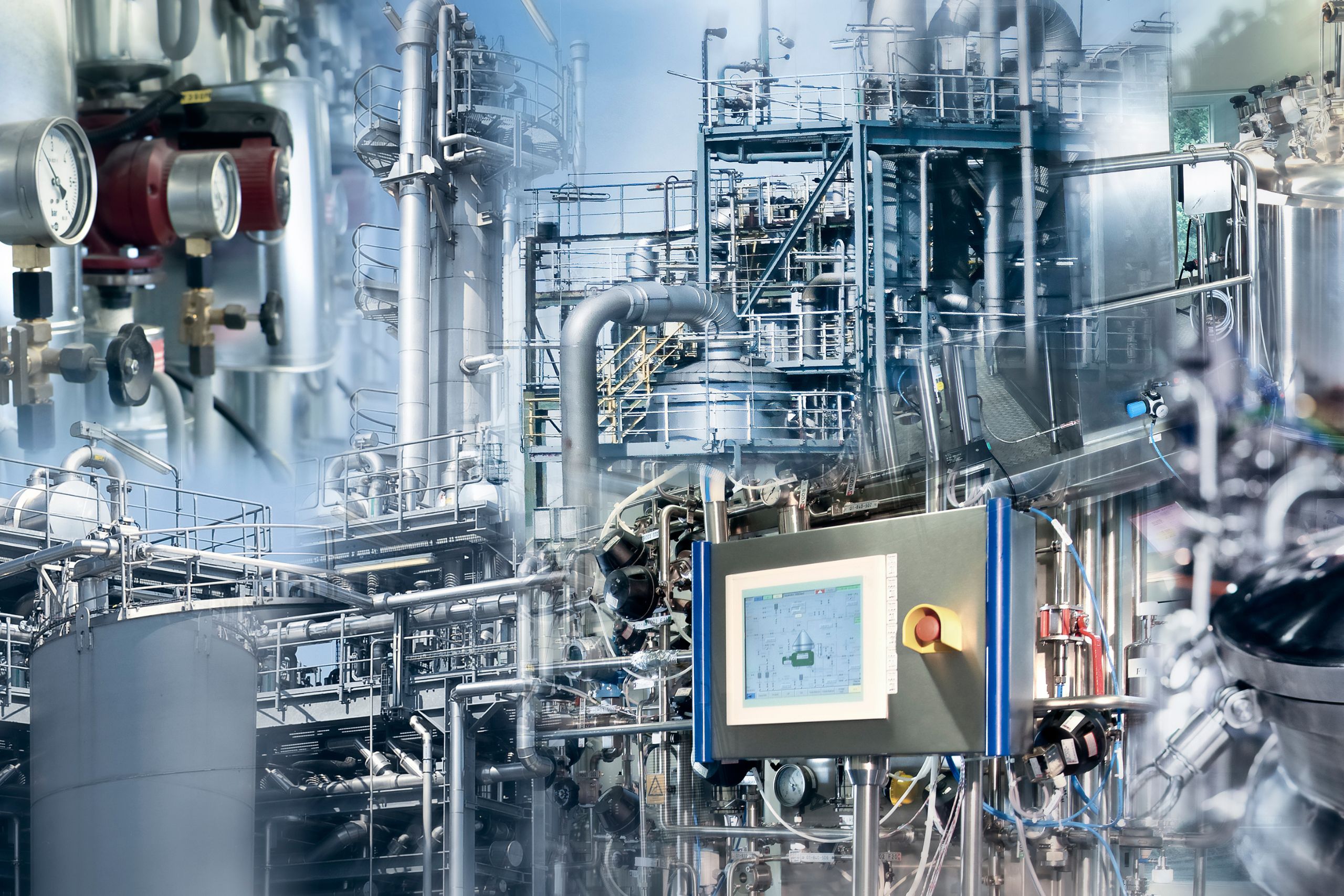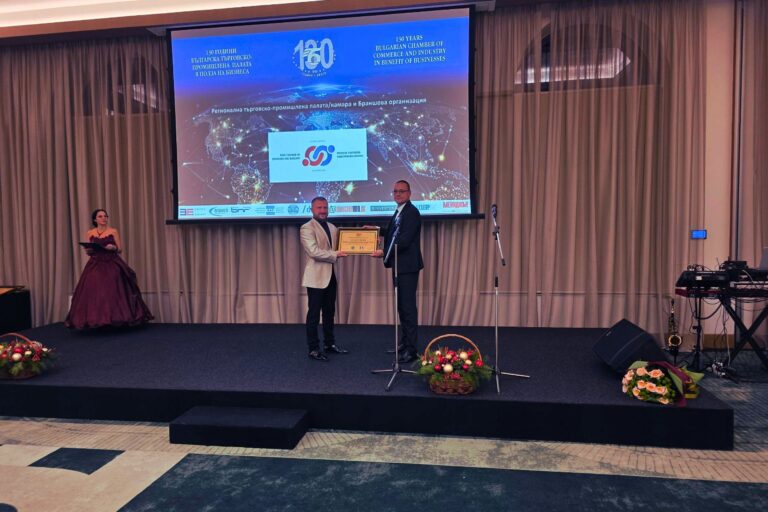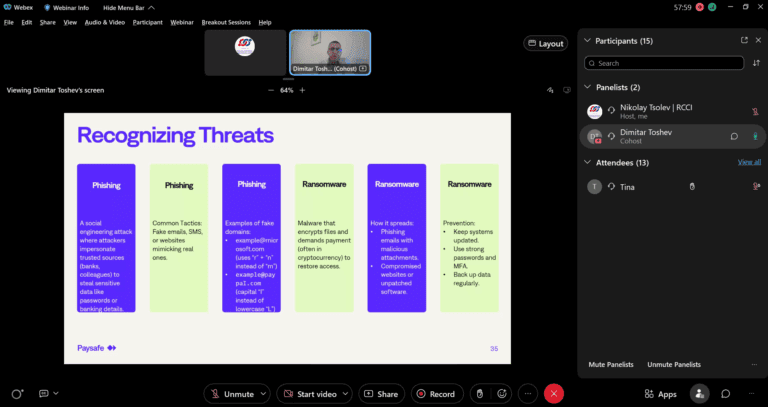Application of automated vehicles in the chemical industry
The chemical industry is a sector with extremely high safety and quality standards. In Rousse, where the industrial profile of the region is particularly strong, the chemical industry plays a key role. This sector requires constant innovation and modernization of technological processes in order to meet the growing needs of the market and the imposed safety and environmental regulations.
In this context, automation appears as one of the most promising approaches for optimization of production and logistics processes. Of particular note is the application of automated guided vehicles (AGVs), which offer solutions to some of the industry's most pressing problems. Some of the benefits include increasing workplace safety, reducing human error, increasing the efficiency and speed of manufacturing and warehouse operations.
The purpose of this publication is to examine the integration opportunities of AGVs in the chemical industry, focusing on the specific advantages they provide. We will also look at how these technologies can be effectively applied in the context of Ruse and surrounding areas, where the chemical industry is a key sector.
The following sections will provide a more detailed analysis of AGV functionalities and applications in the chemical industry.
What are AGVs and how do they work?
Automated guided vehicles (AGVs) are a new generation of unmanned mobile robots specialized in transporting cargo, materials and even tools in various industrial environments. If you're wondering how exactly they work, the basic idea is that AGVs are equipped with various types of sensors, cameras and scanners that allow them to navigate in space and perform their tasks autonomously.
Specifically, AGVs operate based on pre-programmed algorithms that determine their routes within production and warehouse spaces. These routes are often determined by barcodes, infrared or even more sophisticated systems such as LIDAR (Light Detection and Ranging). They can be integrated with warehouse management systems (WMS) or other automated systems to ensure a complete and seamless operation.
Depending on specific needs and applications, AGVs can be configured with various attachments and accessories, such as grab arms, platforms or loading pods. This makes them extremely versatile and flexible in how they can be used in an industrial context.
AGVs are also characterized by a high degree of precision and reliability. They are capable of working in a variety of conditions – from high temperatures to extremely dusty and wet environments. Therefore, they provide considerable flexibility in planning logistics and production operations.
By combining these technological features, AGVs offer a solution to a number of operational challenges in the chemical industry and other sectors, which we will, however, address in the next point.
Application in the chemical industry
In the dynamic world of the chemical industry, efficiency and safety are essential. In this context, automated guided vehicles (AGVs) offer valuable solutions that affect all aspects from the production to the delivery of chemical products. In the following subsections, we will look at how AGVs are being integrated into the chemical industry, with a special emphasis on increased safety, efficiency and optimization of warehouse operations.
Increased safety
In this industrial sector, working with hazardous substances requires strict safety measures. AGVs offer a solution that minimizes the risk of accidents, as they can be programmed to follow predetermined routes that avoid potentially dangerous areas. These routes can be easily modified in the event of a change in production conditions or newly discovered risks. In addition, AGVs are equipped with multiple sensors and alarms that warn of unforeseen obstacles or anomalies, further enhancing safety.
Efficiency and reduction of human error
Human error is a factor that cannot be completely eliminated in the chemical industry, but the use of AGVs significantly reduces this risk. The automation of the transport of chemical materials means that the opportunities for accidental spills, mixing of incompatible ingredients or other hazardous situations are minimized. AGV programs and sensors are configured to address the specific needs of the chemical industry, thereby preventing potentially catastrophic incidents.
Optimization of warehouse operations
In the chemical industry, warehouse management is a critical aspect of business. AGVs offer a solution that significantly optimizes warehouse operations. Using integration with warehouse management systems (WMS), automated vehicles can load and unload cargo with high precision and within predetermined time frames. This not only speeds up the process, but also allows for more flexible planning and resource allocation. Consequently, warehouses become more efficient, which ultimately facilitates a quick and reliable response to customer orders.
Conclusion
The application of automated guided vehicles (AGVs) in the chemical industry not only facilitates the production process, but also improves the safety and efficiency of all steps of the supply chain. In this context, the Ruse Chamber of Commerce and Industry (RTIK), through its participation in the project Be-Digital, plays a key role in the presentation and integration of these innovative technologies in the region. The project Be-Digital is an initiative that aims to identify and develop solutions that meet the growing digital needs and opportunities in the supply chain sector.
By participating in this project, RTIK supports the development of modern and safe solutions that can change the way the chemical industry in the region functions. The aim is to support the local economy and ensure that industry in Ruse is at the forefront of technological progress.
This material is part of a larger initiative that focuses on digitization and innovation in various industrial sectors, and is one of the many means by which RTIK and the project Be-Digital seek to engage and educate local businesses.






